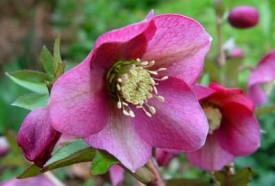Continuous Bloom - 4 Season Color for Your Yard
Many gardeners intersperse flowering plants to create an appealing blend of colors throughout the late spring and summer. With careful planning, garden color can start much earlier and fade much later. Some plants bloom in winter or early spring. Others may last far into fall. Though midwinter offers few blooms, a beautiful succulent or hedge also can breakup the dormant gray. Many of these hardy, lasting blooms also hold up for many days as cut flowers, providing inexpensive indoor color. Pictured here is the Lenten rose (Helleborus orientalis). It has 2-inch pink, white and red mottled flowers that are closer in shape to tulips than roses. It blooms in January and lasts through April. At about 12 to 18 inches tall, the evergreen will stand out above many dormant plants.
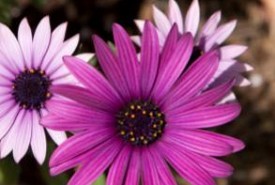 Purple Mountain Sun Daisy
Purple Mountain Sun Daisy
As the Lenten rose begins to fade, new, long-lasting blooms can take its place. The purple mountain sun daisy (Osteospermum barberiae) has bright green leaves and a thick cover of daisies that stay alive from April through September. It only blooms in full sun, and can survive in low water.
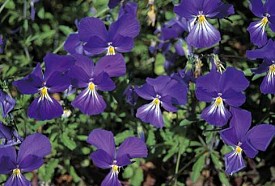 Corsican Violet
Corsican Violet
The Corsican violet (Viola corsica) is another unusually long-blooming plant. The perennial pansy flowers from April through October with a different shape and shade of purple from the sun daisy. Available at/photo credit: www.highcountrygardens.com.
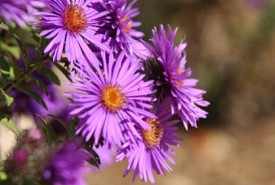 Purple Dome Aster
Purple Dome Aster
Moving into fall, the purple dome aster (Aster novae-angliae) offers surprising new pinkish purple blooms in September, as summer's flowers fade. It grows easily in a range of soil and sun conditions.
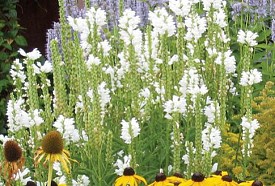 Obedient Plant / Miss Manners
Obedient Plant / Miss Manners
The obedient plant (Physostegia virginiana), also known as Miss Manners, joins the aster in a September bloom that lasts well into November. The tall, thin white or pink blooms also bring a strong visual contrast. Available at/photo credit: www.highcountrygardens.com.
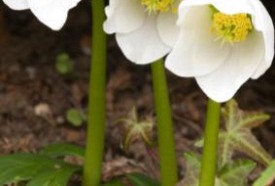 Christmas Rose
Christmas Rose
End the year with the Christmas Rose, a preview of January's Lenten Rose. The Christmas rose blooms between October and December, often flowering through April. The white flowers may freeze in a cold snap, but quickly melt and return to life. Plant them in partial summer shade (under a deciduous tree) and take care if transplanting. The roots are poisonous.
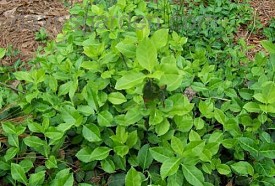 Purpleaf Wintercreeper
Purpleaf Wintercreeper
Another way to ensure winter color is with evergreen groundcover. Purpleleaf wintercreeper (Euonymus fortunei) tells it all with the name. It thrives in cold, dry conditions. The green summer leaves turn purplish red and spread through the dead of winter. They also have strong roots that protect against runoff and erosion. Available at/photo credit: www.davesgarden.com
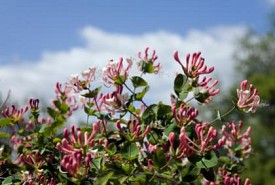 Pink Honeysuckle
Pink Honeysuckle
Finally, a Honeysuckle (Lonicera tatarica) can turn a hedge into a wall of bright red berries that appear in early summer and last through most of the winter.
Looking for a Pro? Call us (866) 441-6648

Plumbing Average Costs
Plumbers Experiences

Don’t Be A Goober – Hire Qualified Pros For Safe Tree Removal

Careful, Professional Tree Service Removes A Huge Norway Maple

